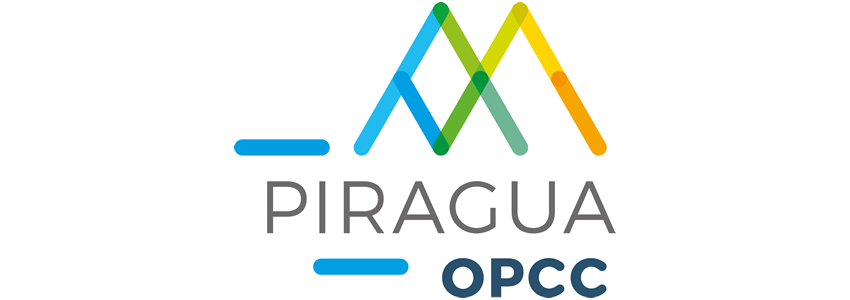The goal of the conference
We propose the theme of IMPROVING GEOPHYSICAL RISK ASSESSMENT, FORECASTING, AND MANAGEMENT as the main goal of the conference. What is the essential knowledge-based on Geophysical Risks that scientist, administrators, politicians, economists, emergency managers, citizens, require for sustainable development and for preparedness and emergency management in future crises? There is a growing need to combine natural risks forecasting and assessment techniques to improve the information that officials involved with early warning and management of crises require in order to answer efficiently when they face an emergency. Modern society is making a considerable effort to improve our knowledge of the dynamics of natural systems and their associated hazards, as well as on promoting technological development addressed to early warning and monitoring of natural disasters. However, the integration of scientific and technological achievements into products with a direct applicability to Society has not always been reached. Moreover, natural disasters have been treated separately not only for what concerns to their dynamics, but also with regard to their corresponding forecasting and assessing technologies, when most of them are common or show significant similarities. Therefore, it is easy to assume that a comparison between the scientific and technological research carried out on the different natural hazards, as well as a joint effort of the scientists and technologists who work on assessment and mitigation of natural disasters, would imply considerable social benefits. Consequently, accurate assessment and mitigation programmes, as well as the development of effective tools for management of crisis are necessary to reduce risk and to promote sustainable development.
The conference will analyse the state of the art of relevant aspects in geophysical risk assessment and management, such as modelling and monitoring of hazardous phenomena, hazard assessment methods, quantification of uncertainty in forecasting geophysical hazards, decision making models, communication protocols among the different stakeholders involved in managing geophysical risks, vulnerability assessment methodologies, or education about geophysical risk.
ALL INFORMATION: http://www.georisk2014.com/Home.html
